
Gruppo Bertone, commonly known as Bertone, was an Italian industrial design company which specialized in car styling, coachbuilding and manufacturing. It formerly was also a car manufacturing company. Bertone styled cars for Abarth, Alfa Romeo, Aston Martin, BMW, Citroën, Ferrari, Fiat, Iso, Lancia, Lamborghini, Mercedes-Benz, Opel, and Volvo, among others. In addition, the Bertone studio was responsible for two of the later designs of the Lambretta motorscooter.

The Pullman Company, founded by George Pullman, was a manufacturer of railroad cars in the mid-to-late 19th century through the first half of the 20th century, during the boom of railroads in the United States. Through rapid late-19th century development of mass production and takeover of rivals, the company developed a virtual monopoly on production and ownership of sleeper cars.

Magirus GmbH is a truck manufacturer based in Ulm, Germany, founded by Conrad Dietrich Magirus (1824–1895). It was formerly known as Klöckner Humboldt Deutz AG, maker of the Deutz engines, so the brand commonly used was Magirus Deutz, and for a short time Klöckner. Most trucks from Magirus were also known as Magirus-Deutz. The logo of Magirus Deutz was a stylised M with a sharp, long centre point to represent the spire of Ulm Minster.

A knock-down kit is a collection of parts required to assemble a product. The parts are typically manufactured in one country or region, and then exported to another country or region for final assembly.
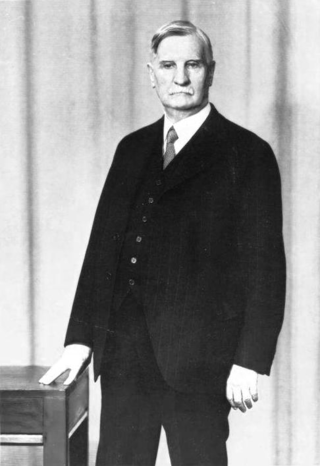
Edward Gowen Budd was an American inventor and businessman.
DINA is a Mexican bus and truck manufacturer based in Ciudad Sahagún, Hidalgo, Mexico. It was created by the federal government of Mexico in 1951 as Diesel Nacional, S.A., and is currently owned by Grupo Empresarial G and its subsidiaries. The company has gone through several stages of production of freight and bus models throughout its history, thanks to technological and commercial agreements and partnerships with various companies such as Fiat, Renault, Marcopolo S.A., Flxible, Cummins, Perkins, Chrysler, Caterpillar, Scania, MCI, Škoda, Spicer, Eaton and Dana. Today its primary production is buses for urban, domestic and foreign use. They have developed their truck technology with a subsidiary of BMW.

The 508 Balilla was a compact car designed and developed by Fiat in 1932. It was, effectively, the replacement of the Fiat 509, although production of the earlier model had ceased back in 1929. It had a three-speed transmission, seated four, and had a top speed of about 50 mph (80 km/h). It sold for 10,800 lire. About 113,000 were produced.

The Rocar De Simon U412 was a city bus model manufactured jointly by Rocar and De Simon in Romania with an Italian constructed bus body.
BredaMenarinibus S.p.A. was a bus manufacturer based in Bologna, Italy. The company was established in 1989 through the merger of Bredabus, the bus and coach divisions of Breda Costruzioni Ferroviarie, heir of the consortium Inbus, and Carrozzeria Menarini, established in 1919 in Bologna, anticipating those processes of industrial aggregation that would characterize the bus sector as well as that of industrial vehicles.
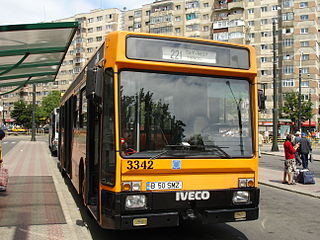
The IVECO Effeuno is a class of Italian buses built between 1984 and 1989 by IVECO. They consisted of three different models with different internal arrangement: IVECO 471 for urban services, IVECO 571 for suburban services, and IVECO 671 for interurban services.
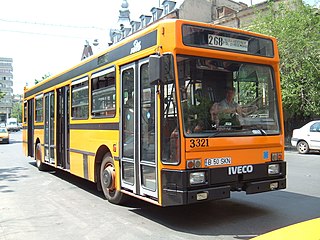
The Iveco TurboCity is a class of Italian single-decker buses built between 1989 and 1996 by Iveco. Replacing the Effeuno, they consisted of three variants with different internal arrangement: Iveco 480 for urban services, Iveco 580 for suburban services, and Iveco 680 for interurban services. There were chassis only models for the extensive Italian body-building industry available.
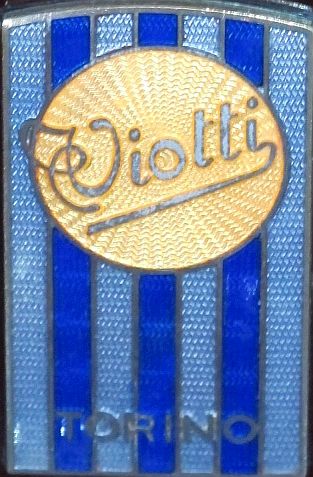
The Carrozzeria Viotti was an Italian coachbuilding company active between 1921 and 1964. The company was founded in Turin, Italy by Vittorio Viotti. Designers like Frua and Mario Revelli worked for the company. It was the first coachbuilding company in Italy to set up a proper production line.
Rocar was a van, light truck, bus and trolleybus manufacturer based in Bucharest, Romania. The firm also produced light offroad vehicles and later heavy road vehicles. During its existence, the company produced over 350,000 vehicles.
Compania Industrială Griviţa is a bus manufacturer based in Chitila, Ilfov county, Romania. The company is also specialized in vehicle servicing and spare parts production. Their main production line is the coach bus called Grivbuz.

The Iveco EuroClass is an Italian intercity coach produced by IVECO starting from 1993 as a replacement of Iveco 370.
The Lion Electric Company, is a Canadian-based manufacturer of commercial vehicles. Currently the biggest electric vehicle manufacturer in its segment, Lion primarily produces yellow school buses, public transit buses, semi-trucks, bucket trucks, and garbage/refuse trucks.
Serbia's automotive industry is one of the most important industrial sectors and makes about 15% of industrial output of the country and 18% of all exports.

Carrozzeria Barbi is an Italian bus manufacturer, with headquarters in Mirandola, near Modena.
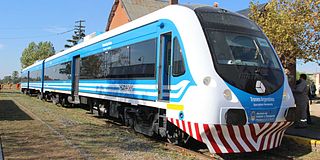
Materfer is an Argentine manufacturer of railway and road vehicles, located in the city of Ferreyra in Córdoba Province. The company was established by Fiat Concord in the late 1950s, being its subsidiary until 1980 when Sevel Argentina took over Fiat vehicles.
Bulgaria's production strongly depended on auto imports from the Soviet block earlier and currently depends on other European and Asian countries. Presently, Bulgaria introduced its own domestic supercar company, SIN Cars and armed automobiles SAMARM.

















